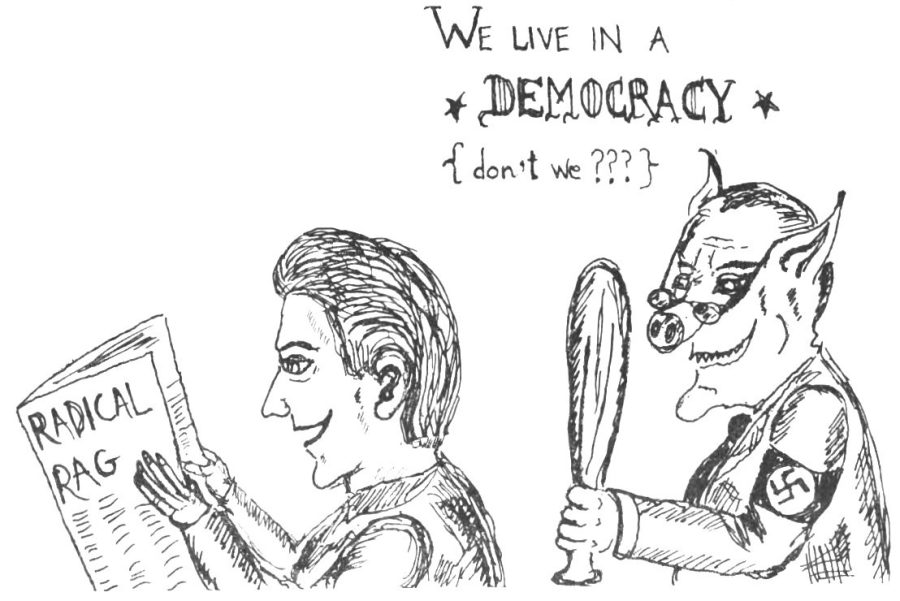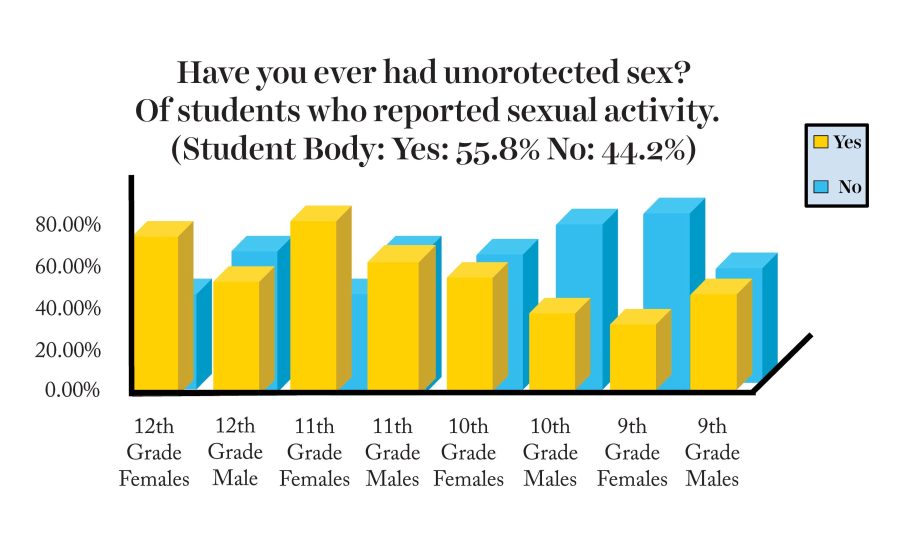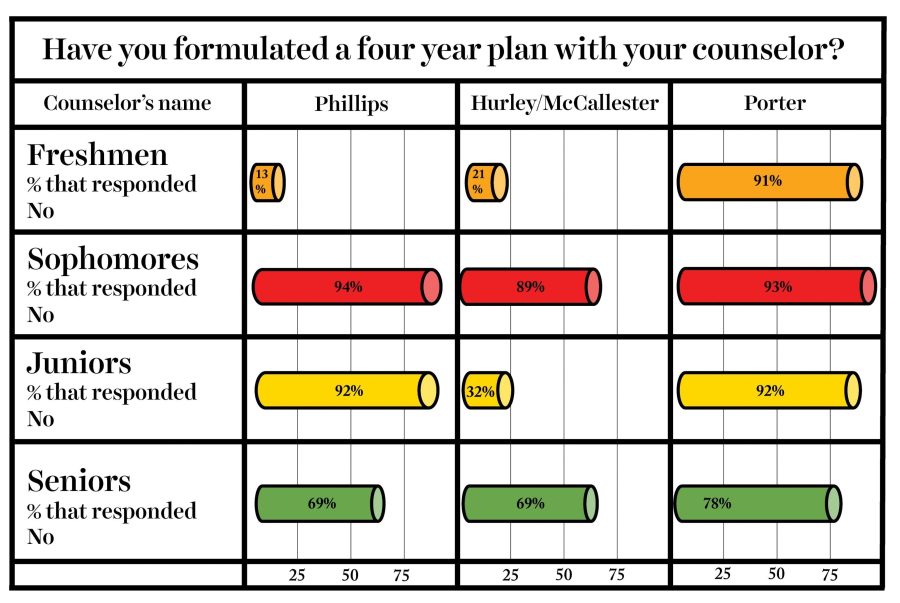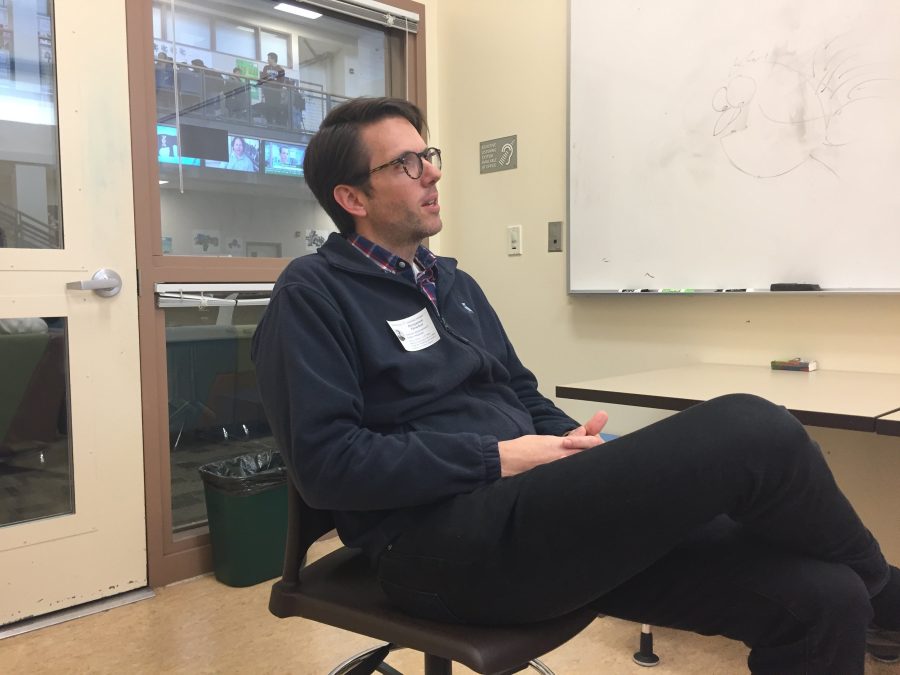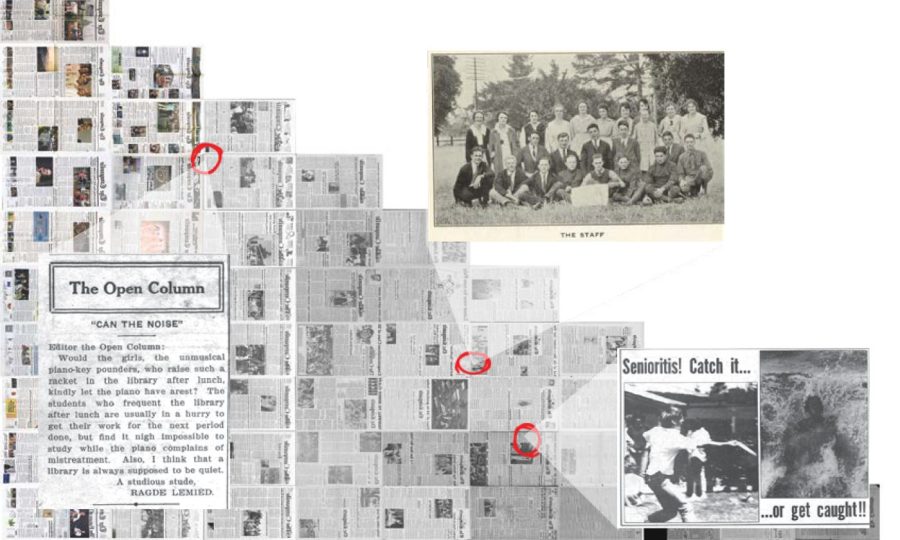[divider]Students react to the Gulf War; violence, outcomes, and military draft[/divider]
War was on the minds of the student body in 1991; the first Campanile issue of the year showcased students’ varying and divisive opinions of the Gulf War.
“Of the students polled, 50.3 percent oppose the use of force against Iraq by President [George H.W.] Bush, 49.7 percent favor it.”
John Monroe of The Campanile
Many of the students’ greatest concerns regarded the potential of a reinstated draft
“The U.S. will invade too quickly… the economic sanctions placed on Iraq need more time to take effect,” said one Paly student interviewed for the story. “The arrival of body bags containing U.S. soldiers will be pretty scary, a concern we must all take in to consideration.”
Another concern surrounding the war was the possibility of a rise in terrorism within the United States. Worried students cited potential attacks such as water poisoning and airplane hijackings. The article ended on a somber note as one student reflected: “I don’t want to die.”
The next story on the front page of this issue from Jan. 18, 1991 was titled “Military draft unlikely.” The article’s author interviewed social studies teacher Tom Rowland about the potential for a draft that would include high school students. He believed that the potential drafting of 18-year-olds was unlikely, as the United States usually refrains from picking them first. The U.S. started by sending 500,000 professional, military and reserve volunteers from the United States Military. They also relocated troops from abroad to the Persian Gulf.
According to Tom Rowland, the potential of a draft was “extremely slight,” as Congress only approved going to war by a close 52-47 vote. And even if a draft was to be held, the men whose 20th birthdays fell in the draft year would be most likely to be selected. After them, the order follows as men whose 21st, 22nd, 23rd, 24th, 25th, 19th and 18th birthdays fell in the draft year.
“Rowland feels that politically the draft would present problems and would also ignite anti-draft protests like the ones which occurred during the Vietnam War.”
Leticia Eng of The Campanile
The article ends by saying that though a draft is unlikely, men over the age of 18 who not reached their 26th birthday must register; those who do not could face up to five years in prison and a fine of up to $250,000 ($475,000 today).
[divider]Senior deck finally constructed after years of anticipation; implementation of budget cuts cause District-wide change[/divider]
The Campanile issue from March 9, 1992 included a story about the construction of the senior deck. The deck was “much anticipated” and was a gift from the graduating Class of 1990 at Paly.
“Leftover funds from the class of 1989, as well as money from the Student Council fund, were used to pay for the approximately $11,000 total construction costs.”
J. Wegbreit of The Campanile
The deck took a total of two weekends to build.
“I want students to enjoy the deck, and I hope they take care of it because it belongs to our student body,” said Student Activities Director Virginia Bakken in the article. “Our next project will include benches, trees and bushes to enhance the deck.”
Another interesting story from this issue was a senior editor’s account of his travel to the 1992 Winter Olympics.
“In the days of the ancient Greeks, the Olympic Games were the summation and ideal of Greek civilization,” wrote Senior Editor Bjorn Sunde. “Every four years, the greatest and most promising young athletes from across the known world would gather at Olympia to compete for the honor of their city-states. Governments bowed in submission to the games, and all other business took a back seat to them. All wars ground to a halt while the games were taking place.”
Sunde detailed his experience at the Olympics and the most impressive events from each day.
In the June 16, 1993 issue budget cuts were discussed. The District had just announced that it intended to cut $25,000 from it’s annual operating costs.
Many jobs as librarians, English department aides and the Guidance Office’s Secretary saw hours and wages reduced, and in total three jobs were completely cut from the District.
“We [the administration] have been wondering how we can do things more effectively and efficiently for students,” said former Principal Sandra Pearson.
With these budget cuts came many reorganizations within the District; staff were assigned new positions to make up for the ones lost or limited in the cuts.
[divider]Poll detailing student drug use and new smoking regulations influence the student body at Palo Alto High School[/divider]
Front and center on a March 1994 issue of The Campanile is a story titled “Recent poll reveals alarmingly high drug use among the Palo Alto student body.” The story cited that drug use was most prevalent among male seniors, but was far from absent among ninth, 10th and 11th graders.
The numbers from the 1994 poll on the entire Paly student body showed that 41 percent of students had tried marijuana, 18 percent had tried acid (LSD), 16 percent had tried shrooms (hallucinogenic mushrooms), 9 percent had tried speed, 7 percent had tried cocaine and 6 percent had tried heroin.
“These numbers are extremely high,” said 1994 Student Body President and senior Anne Hawkins. “But unfortunately, they don’t surprise me.”
The article cited that 54 percent of parents were unaware of their children’s drug use. Eighty percent of students also said that their parents either would not or do not approve of their drug use.
In the first issue of 1995, new smoking regulations were outlined. The regulations prohibited smoking on bleachers, near backstops and play structures in parks. A manager at Town and Country store at the time was glad for these new restrictions.
“I think it’s great,” said Jerry Smith, Manager of John’s Town and Country Market. “If you walk around out front [of the store] with a camera and take pictures, you will see all the debris left [by Palo Alto High School students] just after lunch time. There are cigarette butts and empty packs all over the ground. It’s astronomical.”

